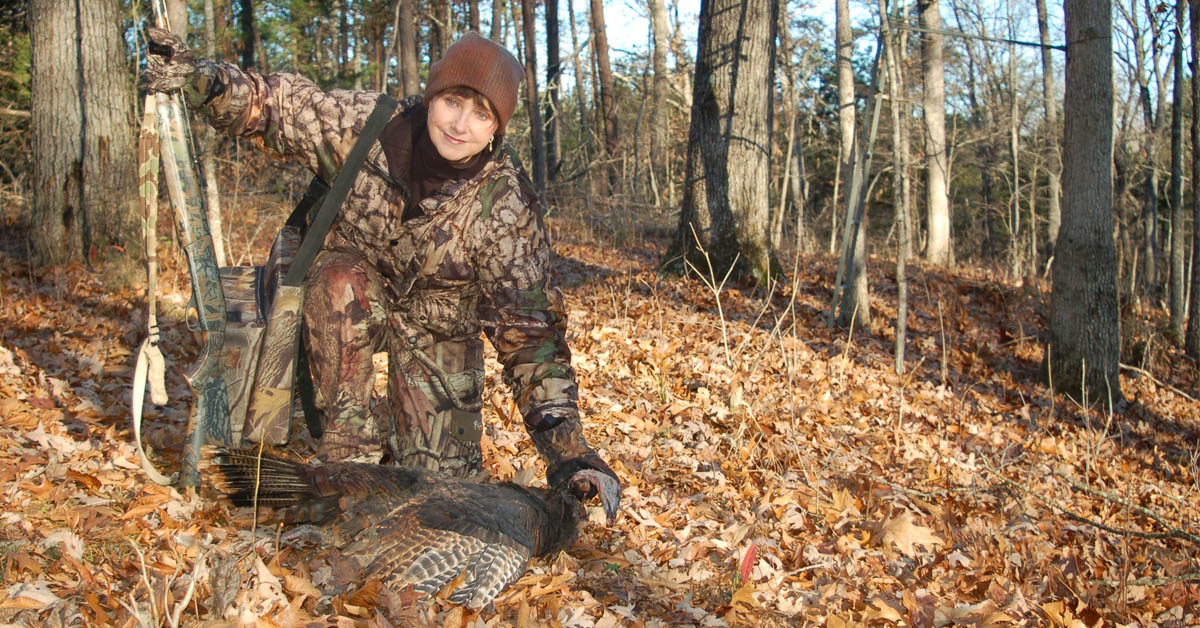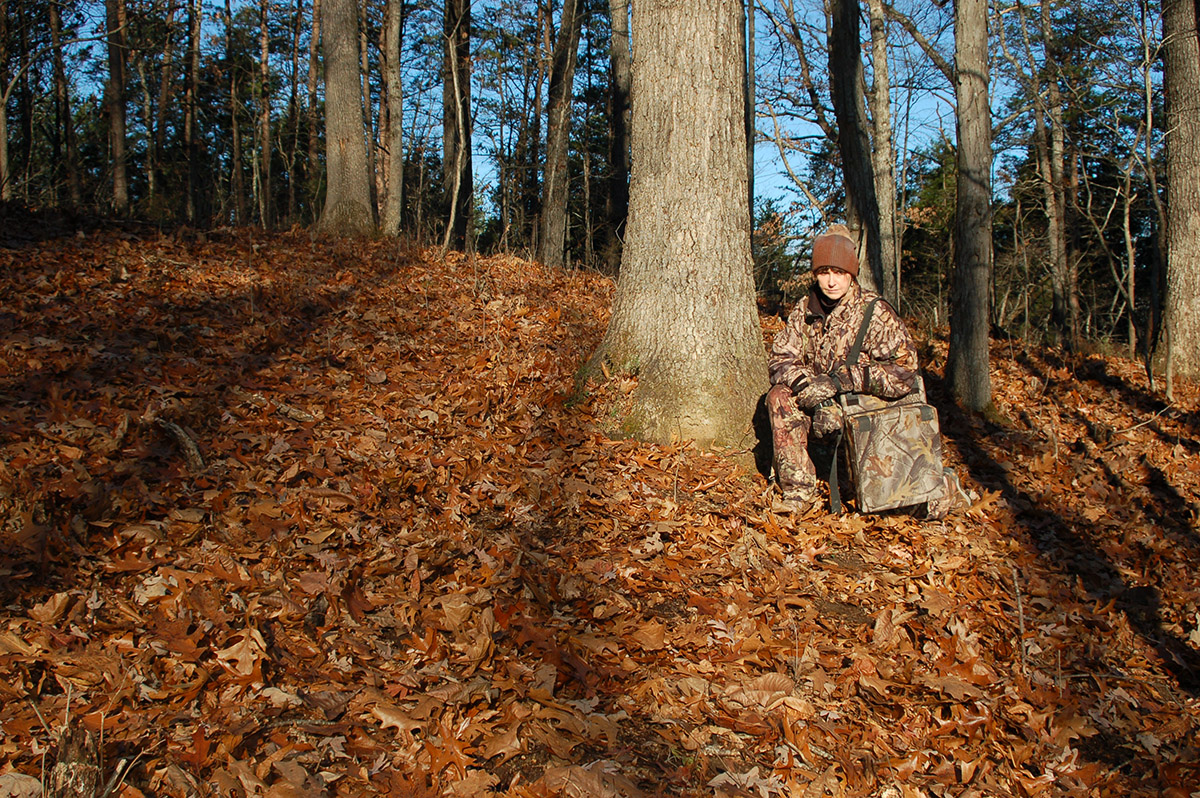
Many hardcore turkey hunters believe that fall hunting is more challenging than the spring version, making success all the sweeter.
By Bruce Ingram
Photos by Bruce Ingram
“I would rather fall turkey hunt than eat,” said Chuck Rodamer, who owns a Harrisonburg landscaping business. “It’s much more challenging than spring turkey hunting; yet, at the same time, it’s an activity you can share with kids and people new to hunting.
“For example, several years ago over Christmas break from school, I took a 16-, 13-, and 8-year-old hunting. We went looking for a flock for my dog to scatter, finally found a gang, and then all three boys—one after the other—harvested a turkey that I called in. Some people say fall turkey hunting is so easy. My response is go try it, and learn how challenging it is,” Rodamer said.
One of the most challenging—and fascinating—aspects of fall turkey hunting concerns the type of flock that an individual encounters. Virginia Department of Wildlife Resources (DWR) biologist Mike Dye details the kind of assemblages which exist.
“Starting sometime in June after the breeding season ends, mature gobblers and jakes start to buddy up and form flocks,” Dye said. “Some of these males may be from the same maternal flock, some probably won’t be. And these gobblers will form a pecking order. The dominant gobbler may not necessarily be the oldest or biggest male. It could be, for example, a very aggressive 2-year-old.”
Dye related that many turkey hunters consider these fall gobblers the most difficult to call in of all turkeys, spring or fall. If an autumn hunter encounters and scatters these old monarchs, they may not respond to calls for many hours or even the rest of the day. Gobbler gangs will typically remain together until sometime in March when they disperse. However, sometimes two or even three longbeards will remain together even during the spring.
Fall hunters often regard old hen flocks as the second most difficult to contend with. These gangs typically consist of hens that lost their clutches or for some reason failed to reproduce. As Dye notes, some hens just seem to be good mothers, others… not so much.
“Any older, mature animal is usually more difficult to hunt, and the same holds true with adult hens,” Dye said. “Old hens, like old gobblers, seem wary of everything they come across.”

Finding fresh sign, like scratching, often means that a gang is near.
A third type of fall flock, continued Dye, consists of two or more hens—each with one, two, three, or more poults of their own. These turkeys seem to assemble under the instinct that the more eyes looking out for danger, the better.
“Ecologically and survival-wise, these type of flocks make a lot of sense,” Dye said. “One hen with one of her poults might not do very well, but a group of poults and mature hens would have a much better chance of avoiding predators.”
Interestingly, Dye speculated that given the nature of this type of flock’s makeup, the gang members themselves could be very fluid as small groups could possibly come and go depending on food availability and other factors.
A fourth type of flock is one that many hunters regard as the most common one of autumn—a mother hen with 10 to 12 poults. However, Dye noted that given the fact that many hens only successfully hatch and rear two or three birds, this flock may not be as common as it once was.
Finally, we have the all-jake flock.
“This could consist of, for example, four to six jakes,” Dye said. “They could have run away from their mother hens and that departure could be temporary or permanent. They also could have left because they were acting more independently.”
These jake flocks are often the most vocal of all autumn assemblages, sometimes vocalizing the entire gamut of turkey talk from gobbles to fighting purrs to non-stop yelping and clucking. Some quick advice for dealing with all these possible flocks?
“I hunt turkeys with a dog, and that dog doesn’t know or care what the age or sex of a bird is,” Rodamer said. “So after my dog scatters a gang, I just try to match my types of calls and their frequency and loudness to what the turkeys are saying.”
Wondering how to call them? Read “Speak the Language: The Art of Fall Turkey Calling.“


